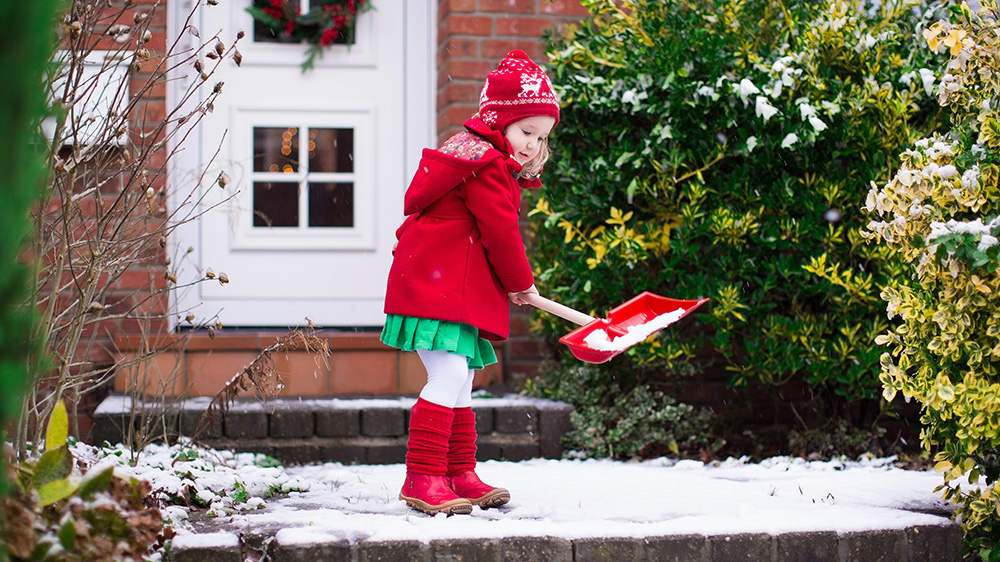Oh, winter. You really do have a habit of showing up each year. But it’s not just those of us who deal with constantly brisk temperatures (think Fairbanks, AK, or Fargo, ND) who should consider winterizing their homes. Even those of us in warmer spots could stand to boost our home’s ability to withstand the cold.
Regardless of your location, cold temperatures and increased precipitation can bring about a whole host of problems, such as burst pipes, and sky-high utility bills — if you haven’t properly prepared for the season. Before the really harsh weather hits, take the following steps to protect your abode. Then you can relax by the fire with a warm beverage and enjoy the coziness of the colder months, worry-free.
